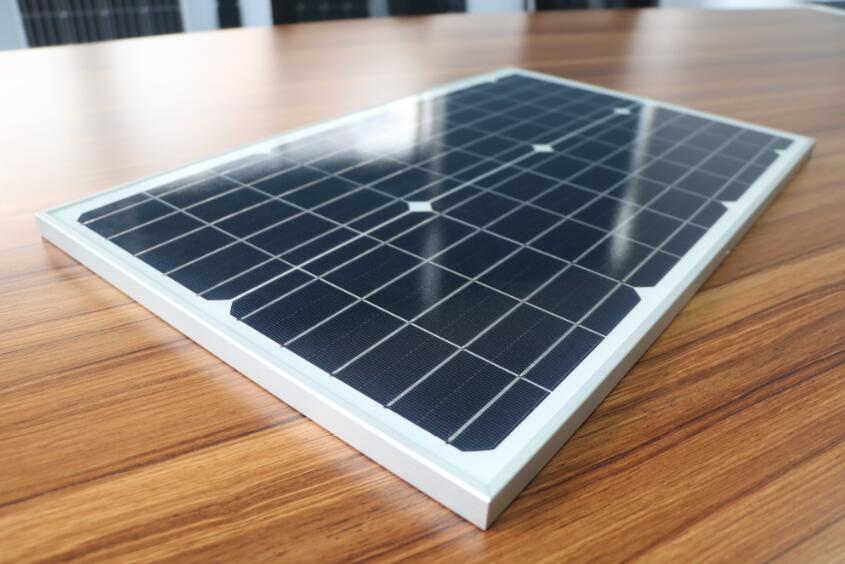WSL Solar Co., Ltd.
Can high-efficiency monocrystalline solar panels be used for PV grid parity? This is one of the hot topics in the industry recently. On this hot topic, the reporter interviewed Qian Jing, vice president of Jinko Energy.
Question 1: In the era of non-subsidy, high-efficiency monocrystalline solar panels and polycrystalline solar panels, which products are more cost-effective?
Qian Jing: It depends on what the investor sees the power station and how its ROI counts. It depends on whether it will be in the next 1-5 years, or in the next 15 years or even 20 years. If the power station is considered an asset, its value is assessed. The first is to generate the value of cash flow, how much electricity to generate more electricity revenue; the second is asset preservation ability, that is, if your power station is placed in the trading market, its own transaction value. This is similar to investing in real estate and choosing a location. Good location and poor location have market demand, but the good general value of the site is more resistant to market risks.

Question 2: What is the trend of the price difference between high-efficiency monocrystalline solar panels and polycrystalline solar panels in the future?
Qian Jing: On the supply side, with the surge in market demand for high-efficiency monocrystalline solar panels, the economies of scale will become stronger, that is, the larger the scale, the lower the unit cost, and the lower the unit cost, the greater the demand and the formation of a virtuous cycle. On the demand side, the more customers a technology, product, and choice, the more people want to use it, and the virtuous cycle. Some people say that polycrystalline will cut prices because of oversupply. In fact, this is a hypothesis. At present, polycrystalline solar module manufacturers are wandering on the edge of profit and loss, profits have fallen to unbearable weight, and then the price will not win back to the market, but also fall into the negative pool; and it does not last, sometimes The cheaper the market, the smaller the market, and the low price can't support the market.
Question 3: Can't use the high-efficiency monocrystalline solar panels to do cheap Internet projects?
Qian Jing: The market and digital are the most convincing. At present, most of the high-efficiency monocrystalline solar panels shipped in the world are bidding projects, such as the Abu Dhabi 1117 MW project with a price of 2.24 cents/kWh. The world's lowest electricity price project also uses 380 watts of high-efficiency monocrystalline solar panels. If you use the current Cheetah 400 watt high-efficiency monocrystalline solar panels, the price may be lower. China's top runners are also using high-efficiency monocrystalline solar panels for the lowest bid price items. The proportion of solar module costs in a project's total cost is gradually decreasing, and the proportion of non-equipment procurement is increasing, such as labor, land, financing, various taxes, operation and maintenance, etc., so the difference between the price of different technologies is affected by the total cost. Shrinking, and because of the choice of different technologies, the cost of other non-equipment is increasing, such as project financing and cost, such as land, labor and future operation and maintenance costs. This is also the reason why Europe, the United States and Japan and the Middle East and Latin America and other countries collectively favor high-efficiency monocrystalline solar panels.
Question 4: Why is the market more prone to high-efficiency monocrystalline solar panels after the subsidies are cancelled?
Qian Jing: The higher the subsidy, the more the technology has no motivation to improve. The more investors like to say the price/performance ratio, because a large part of the future income comes from subsidies. It is the key to allow the project to be subsidized within the specified time. After the subsidy is cancelled, every future profit of the penny is 100% from the power generation efficiency of the power station, and there is no other. After the subsidy is cancelled, it is time to fight for technology, fight efficiency, and fight for quality.